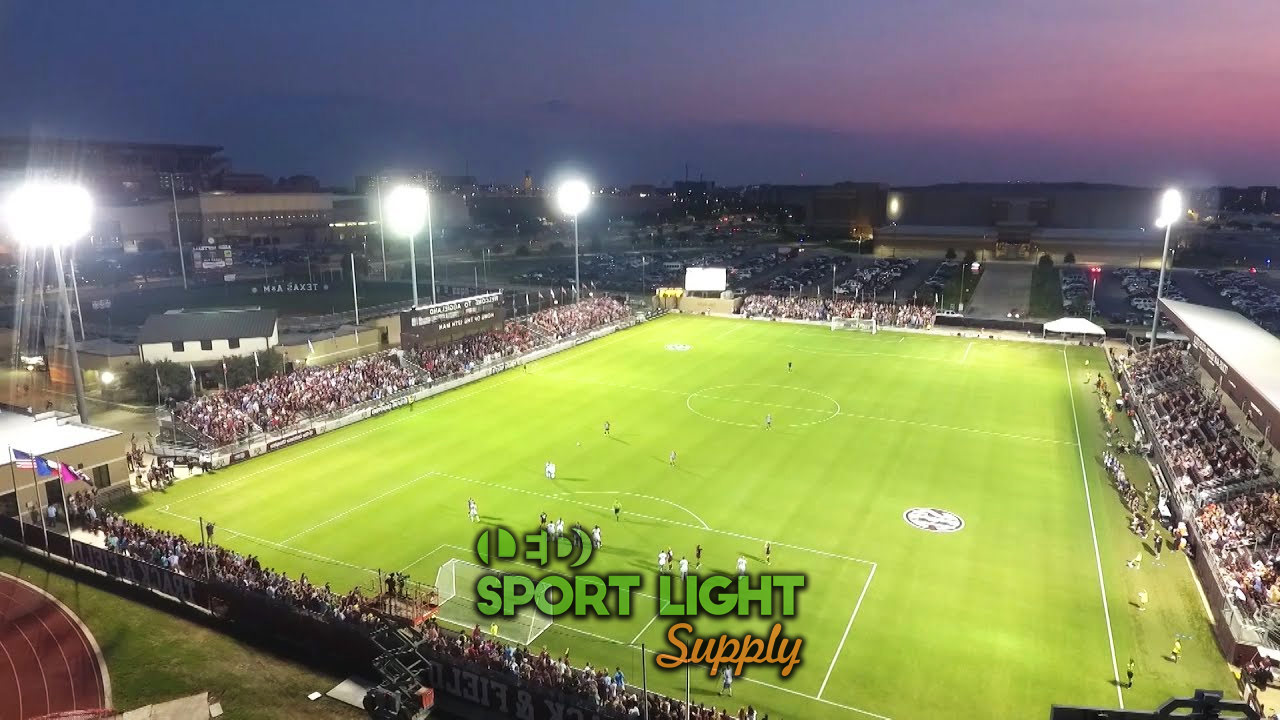Lighting is something we take for granted in most walks of everyday life. It plays a vital role when we participate in or are spectators for, a sporting event held at night. In this article, we will provide some basic information on how to get the most out of your lighting system.
Outdoor sports field/stadium
1. Floodlights
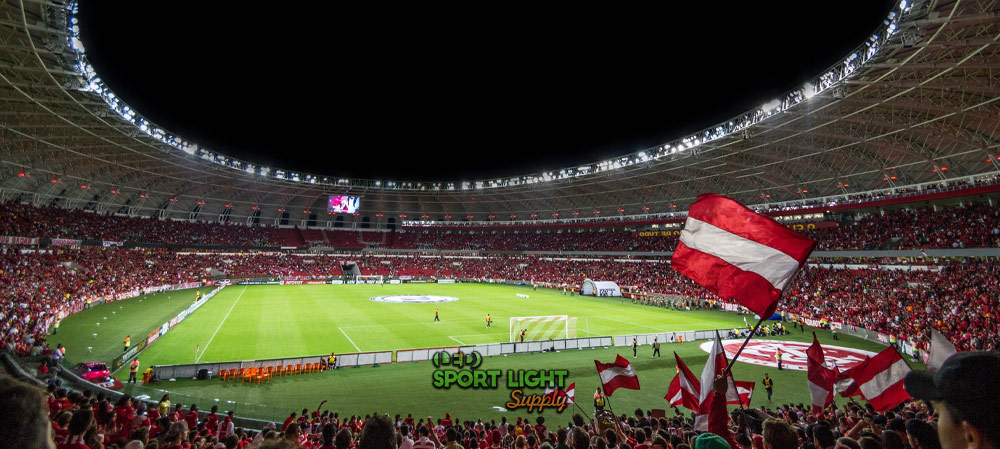
Most stadium lighting is connected with illuminating one of four major sports; Football, Soccer, Athletics, or Hockey. In these sports, the ball travels both on the ground and some distance in the air. It is therefore of utmost importance that the flood lighting will be effective when the ball is in the air so that players can see it. These sports also have requirements issued by the sports governing bodies and for broadcasters, which should be considered.
Reducing glare is desirable, as glare can cause difficulties for players and spectators alike. I less important consideration, but worth noting, is that it also makes it difficult for photographers.
A typical solution for avoiding glare is to use a glare shield; this will usually resolve the problem but will also reduce the effectiveness of the lighting as light is lost during the process. A better solution is LED lighting which produces less glare than Metal Halide solutions.
The typical lighting requirement for any football stadium will have to provide 5,000,000 Lumens. This is going to require a total wattage of between 50,000 watts and 250,000 watts. Typical sizes of bulbs range between 400 watts and 2,000 watts.
2. Spotlights
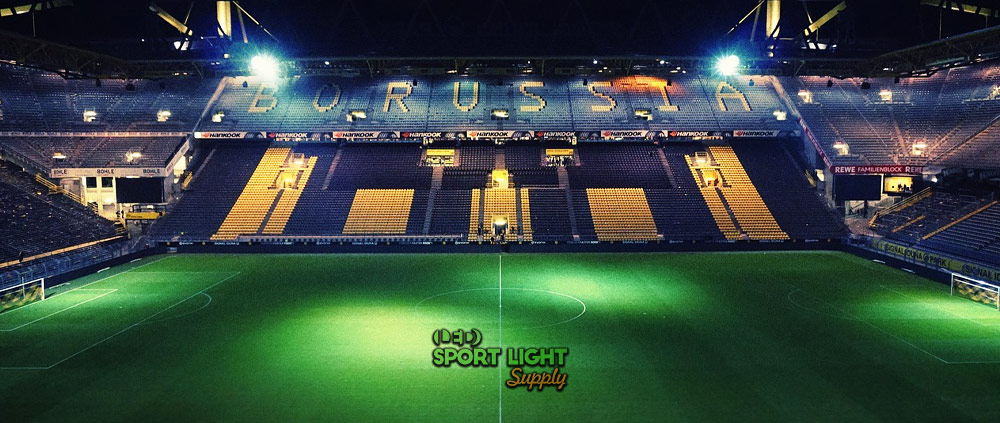
A typical football stadium is used for perhaps between 10 and 15 games a year. When not in use, stadiums generate very little (if any) revenue. Stadium operators need to discover new uses for this valuable, and costly asset, when not being used for football. Additionally, operators also feel pressurized to justify high capital costs.
Utilizing stadiums for concerts, conventions, and other purposes, is a way of generating more revenue for the upkeep of the stadium and can also serve as an asset to the local community. However, lighting requirements for these additional uses are often very different to game requirements. Spotlights, for example, are required for concert uses and for highlighting a certain area of the field. Increasingly stadiums are turning to LED lighting to offer greater flexibility.
It may be acceptable to wait a few minutes while Metal Halide lighting powers up, but other uses require the ability to flick a switch and have instant light. This is another benefit of LED lighting.
Spotlights offer the ability to provide a long-range illumination of a tight portion of the field (from between 100 to 200 meters).
3. High mast lights
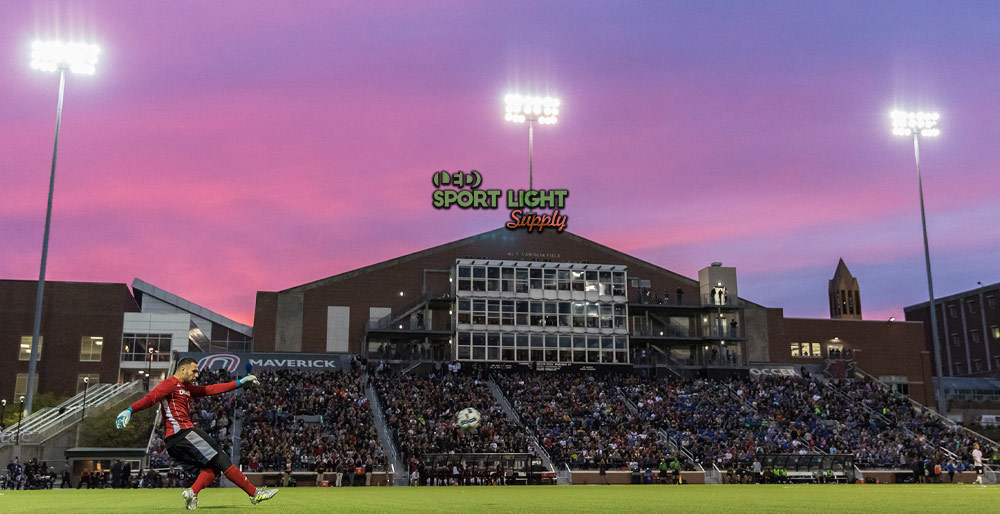
High-mast lighting is classified as a pole that is at least 30 meters high (98 ft). Poles less than this height are referred to as conventional lighting. High mast lighting generally consists of the pole and attached lighting fixed to a “Luminaire Ring.” Typically, the Luminaire ring will have between four and eight lights attached, although it is not unknown for up to sixteen lights to be used.
The most common lighting used is “High-Pressure Sodium” lighting, other lights are also used, including mercury vapor, metal halide, and increasingly LED. The maintenance of these high mast lights is carried out by lowering the Luminaire ring to the bottom of the pole where it can be reached from the ground or a small cherry picker unit.
Indoor sports facility
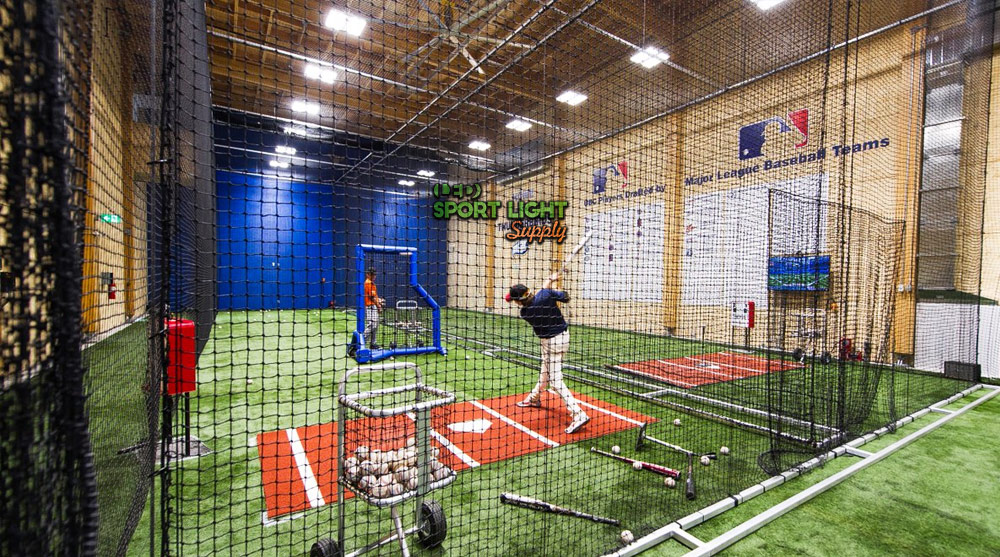
Not all sports-related lighting involves outside venues. There are also many indoor venues with specific lighting needs. Lighting for these venues also has to meet specific standards. The objective is to provide clear visibility for both participants and spectators. Indoor sports frequently involve smaller balls, and these balls should always be visible. Light levels should be uniform across the entire playing area, and there should be adequate contrast between the ball balls and the background. Where light distribution across the entire playing area is not uniform, the illusion of the ball suddenly accelerating as it passes from light to dark zones can present problems to users in judging the flight of the ball.
Sports lighting glossary and key terms
1. Digital Addressable Lighting Interface (DALI)
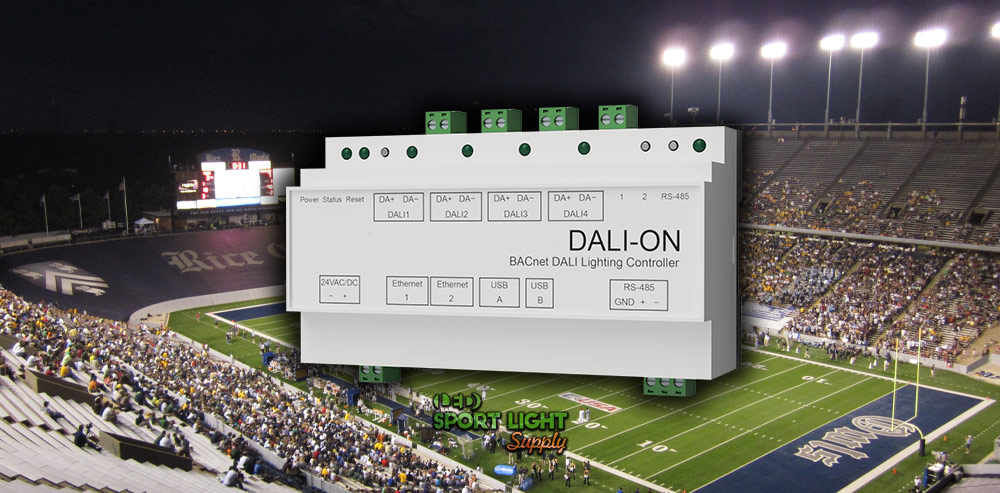
A system for controlling lights. Lighting equipped with DALI can be individually recognized and controlled (switching and dimming) and warnings of failures reported to the centralized location.
2. Daylight Harvesting
Daylight Harvesting is an automated system that switches lights off if enough daylight is naturally available in the sports hall.
3. Motion Sensing /Presence Detection
These are sensor systems that reduce lighting costs by switching lights on or off, depending on whether it senses anyone in the room.
4. Panel Lights
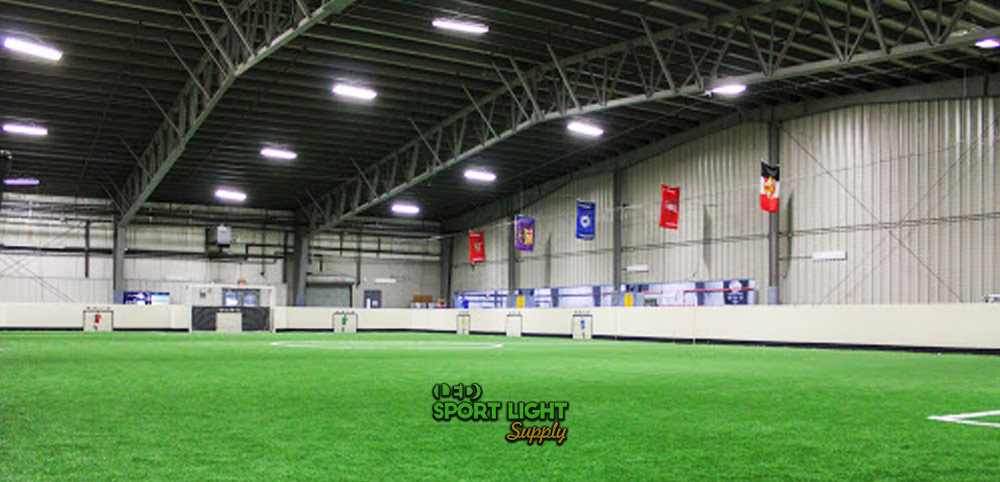
Sports lighting using panel lights enhance visibility and spectator enjoyment while offering up to 70% reduction in lighting costs for indoor sports venues. Considering the advantages that LED panel lights have over metal halides, it is surprising that only 33% of indoor sports venues have yet to make the switch.
5. Direct vs indirect lighting
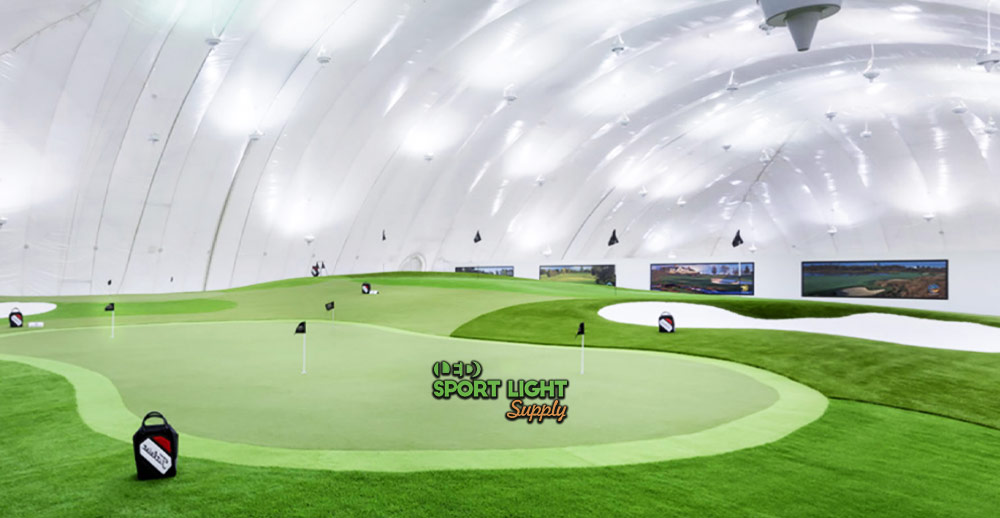
Indirect lighting bounces the light off the ceiling and then down to the playing area. This serves to reduce glare and produce an equal distribution of the light. It does, however, harm the efficiency of the lighting system. Direct lighting focusses the light directly onto the playing area and loses less light in the process. Using LED panels, the light can be adjusted to specific requirements.
Final Thoughts
Lighting is often an afterthought when considering the design of indoor sports facilities. These facilities may utilize different configurations with the division of the area into smaller rooms or spaces for specific uses. This can make lighting design more complex. Modern LED systems can be individually controlled so that different lighting configurations can be programmed into the system and automatically switched for each room configuration.

